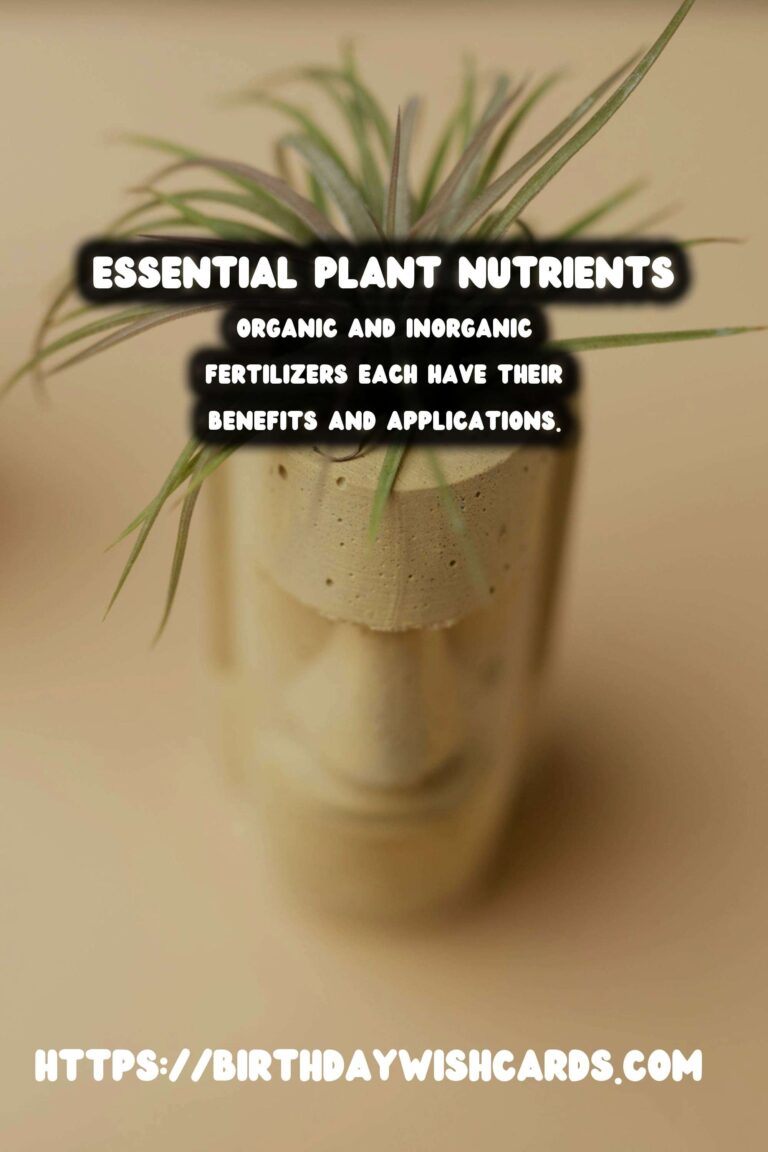
Plants, much like humans, require a balanced diet to thrive. This diet comes in the form of nutrients, which are essential for their growth, reproduction, and overall health. Understanding what these nutrients are and how to effectively use fertilizers can significantly impact the success of your garden or crop yields.
What Are Plant Nutrients?
Plant nutrients are the essential elements that plants need to grow. These nutrients are classified into macronutrients and micronutrients. Macronutrients are required in larger quantities and include nitrogen (N), phosphorus (P), and potassium (K). These are often referred to as the primary nutrients. Secondary nutrients include calcium (Ca), magnesium (Mg), and sulfur (S). Micronutrients, on the other hand, are needed in smaller amounts and include iron (Fe), manganese (Mn), zinc (Zn), copper (Cu), molybdenum (Mo), boron (B), and chlorine (Cl).
The Role of Macronutrients
Macronutrients play critical roles in plant development:
- Nitrogen: Vital for photosynthesis, nitrogen is a key component of chlorophyll, the compound plants use to convert sunlight into energy. It also plays a crucial role in amino acids, which are the building blocks of proteins.
- Phosphorus: Important for energy transfer and storage, phosphorus is involved in the formation of DNA and RNA and is essential for root development and flowering.
- Potassium: Helps in regulating various plant processes, including water uptake, enzyme activation, and photosynthesis.
The Importance of Micronutrients
Although required in smaller amounts, micronutrients are just as important as macronutrients. They assist in various functions such as enzyme production, photosynthesis, and overall plant metabolism. A deficiency in any of these can lead to stunted growth and poor plant health.
How to Fertilize Your Plants
Fertilizing is the process of adding nutrients to the soil to supply the needs of plants. The type and amount of fertilizer needed depend on the plant species, the type of soil, and the growth stage of the plant.
Types of Fertilizers
Fertilizers come in two main types: organic and inorganic. Organic fertilizers are derived from natural sources such as compost, manure, or bone meal. They improve soil structure and fertility over time. Inorganic fertilizers, also known as synthetic fertilizers, are manufactured and provide nutrients quickly to plants.
When and How to Apply Fertilizers
Timing is crucial when it comes to fertilizing. For most plants, the best time to fertilize is during their active growth phase, usually in the spring and summer months. Avoid over-fertilizing, as this can damage plant roots and lead to nutrient runoff. Follow the instructions on the fertilizer package for the correct dosage and application method. It’s often best to water the plants after applying fertilizer to help the nutrients penetrate the soil.
Common Fertilization Mistakes
One of the most common mistakes is over-fertilization, which can harm plants and the environment. Another mistake is neglecting to test the soil before fertilizing. Soil testing can provide valuable information about the nutrient content and pH level, helping you to choose the right fertilizer. Lastly, applying fertilizers at the wrong time or in the wrong weather conditions can reduce their effectiveness.
Conclusion
Understanding plant nutrients and their role in plant health is fundamental for any gardener or farmer. By choosing the right type of fertilizer and applying it correctly, you can ensure that your plants receive the nutrients they need to thrive. Remember to test your soil regularly and adjust your fertilization practices as needed to achieve the best results.
Plants require a balanced diet of nutrients to thrive. Macronutrients like nitrogen, phosphorus, and potassium are essential for plant growth. Micronutrients, though needed in smaller amounts, are crucial for plant health. Fertilizing is essential to supply the nutrients that plants need. Organic and inorganic fertilizers each have their benefits and applications. Avoid common fertilization mistakes such as over-fertilizing and not testing soil. 
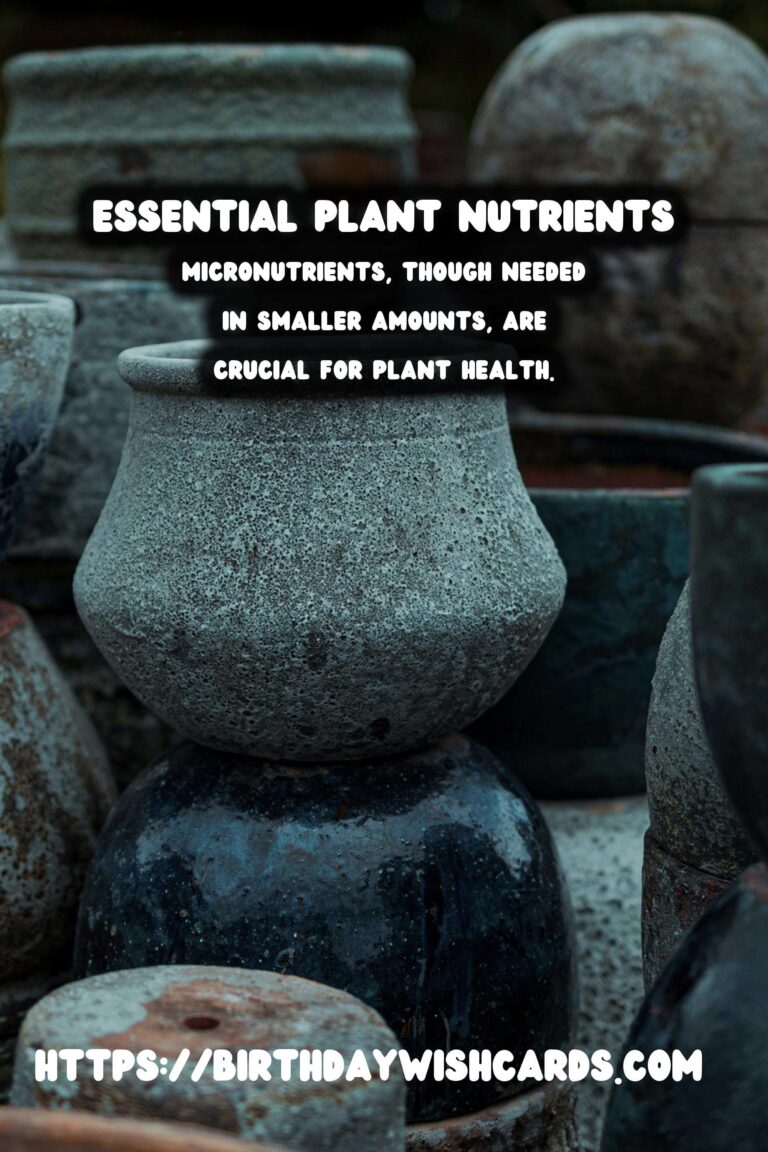
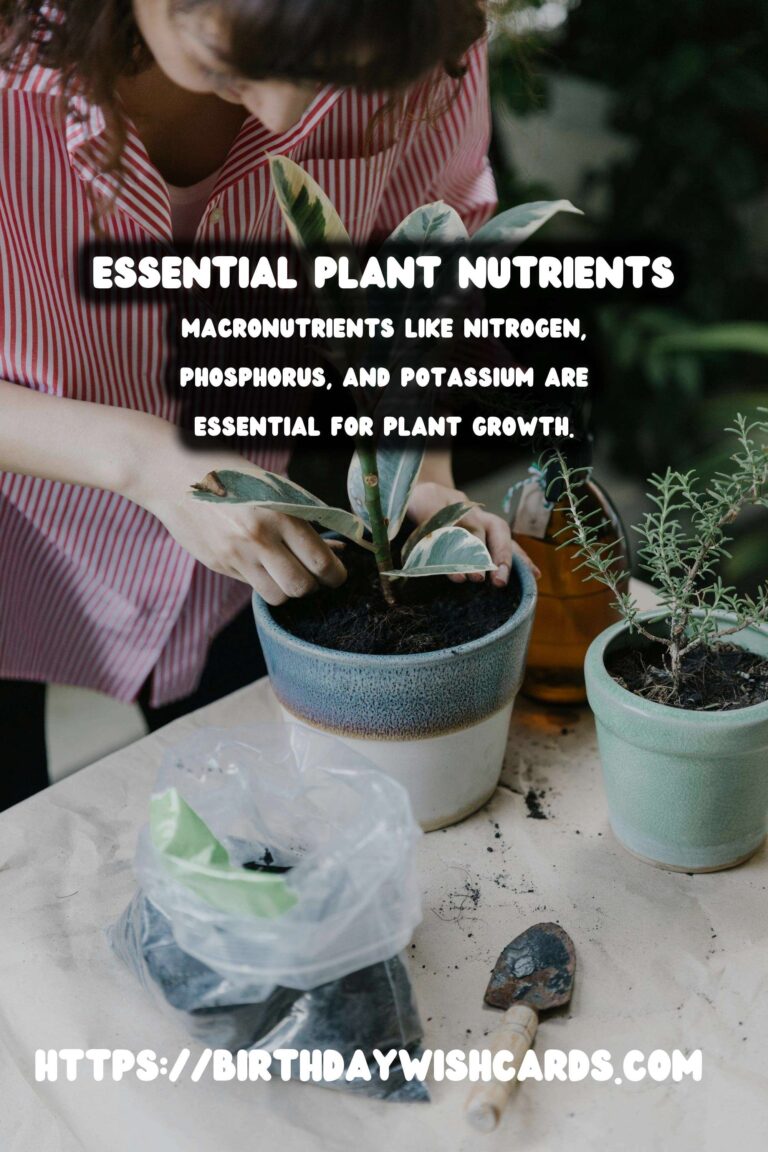
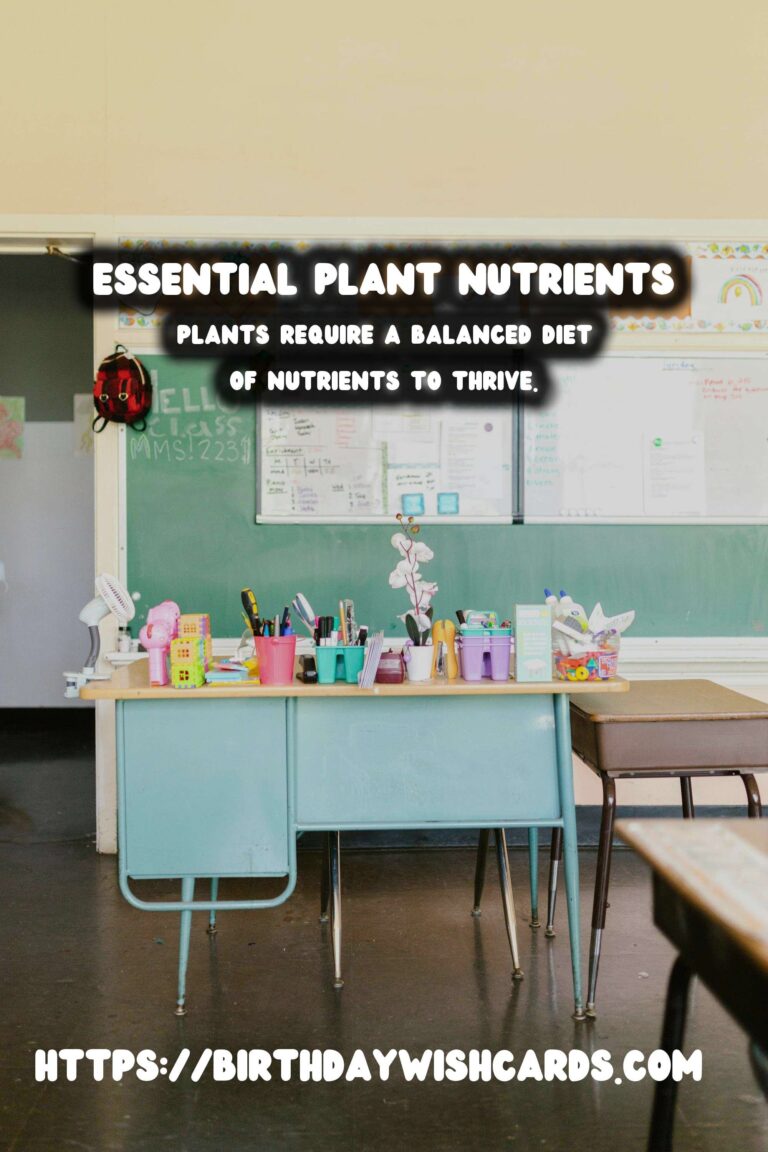

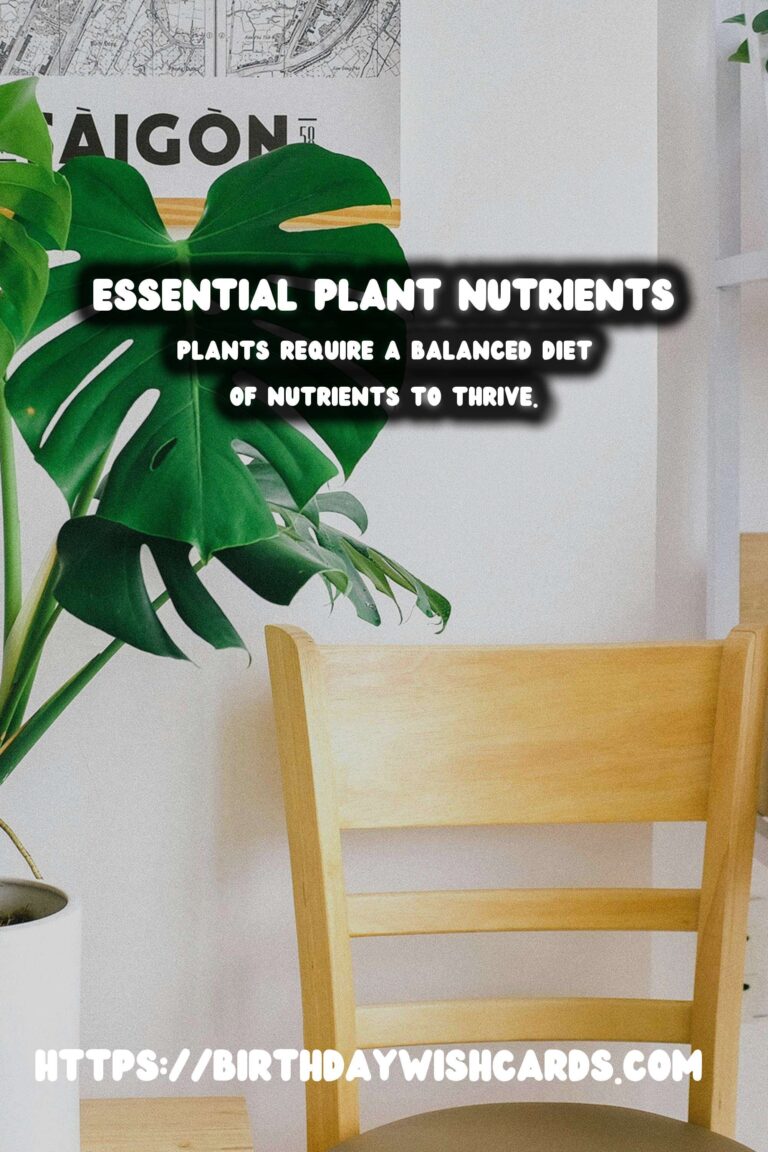
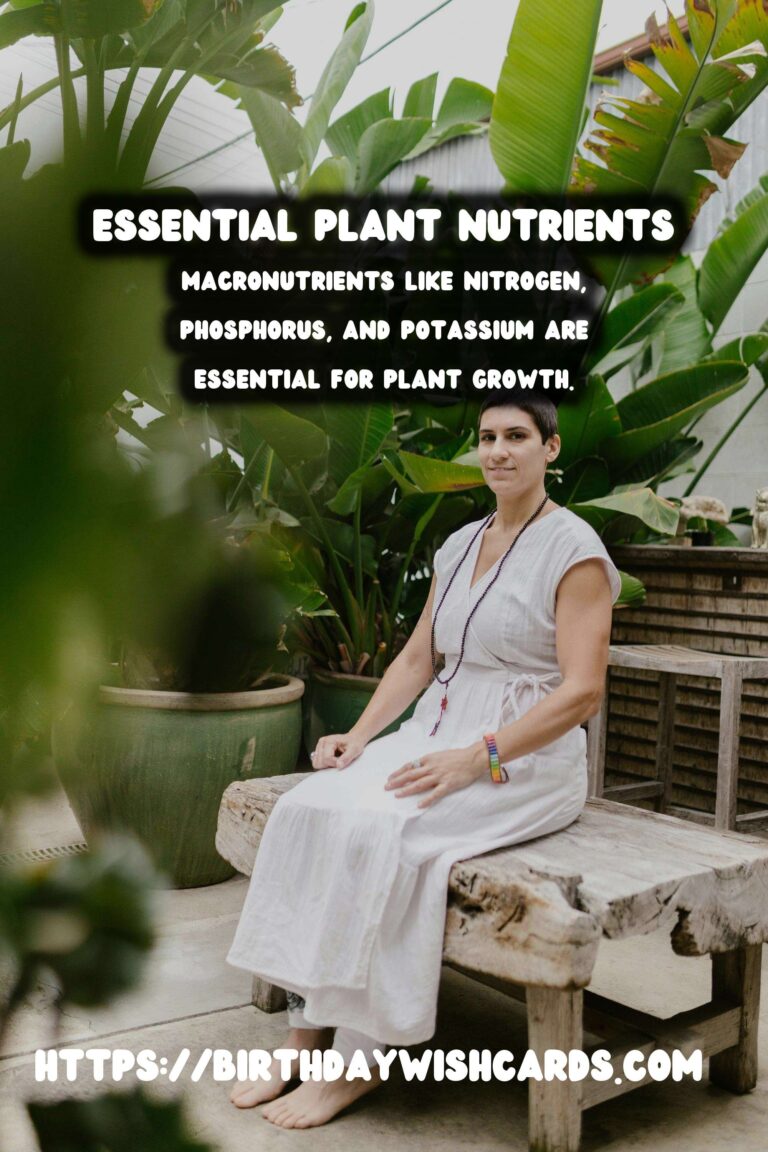
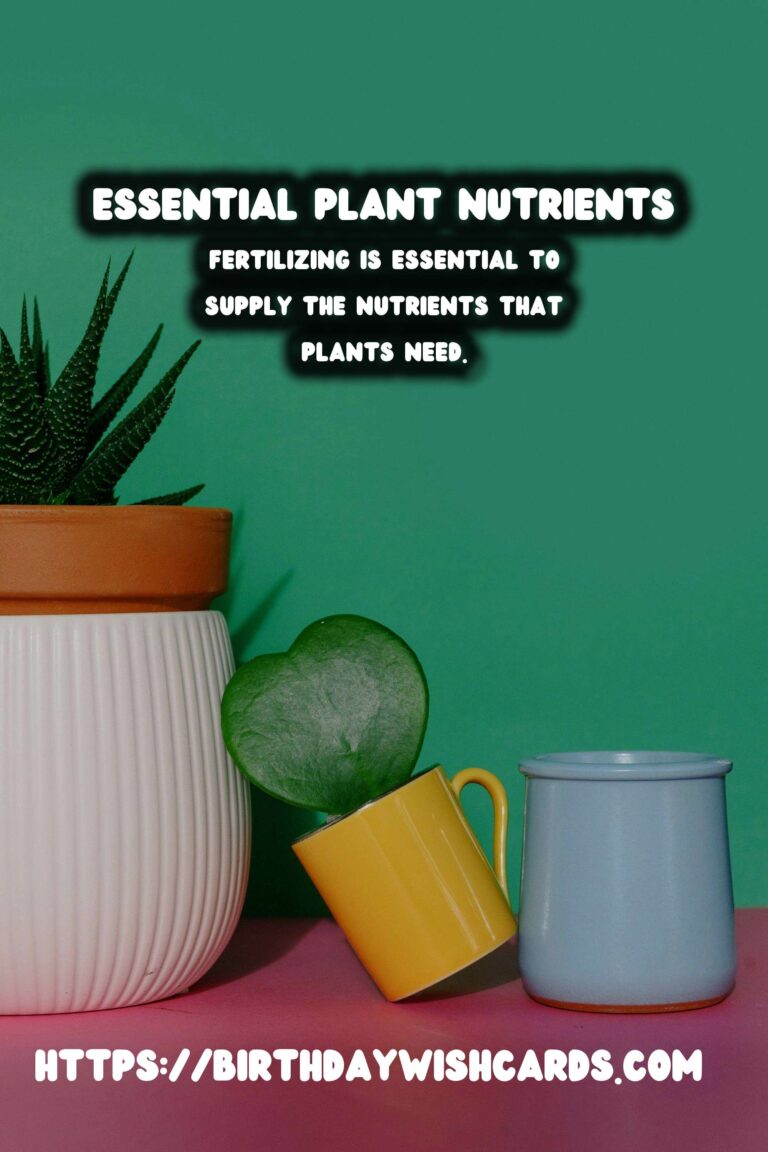
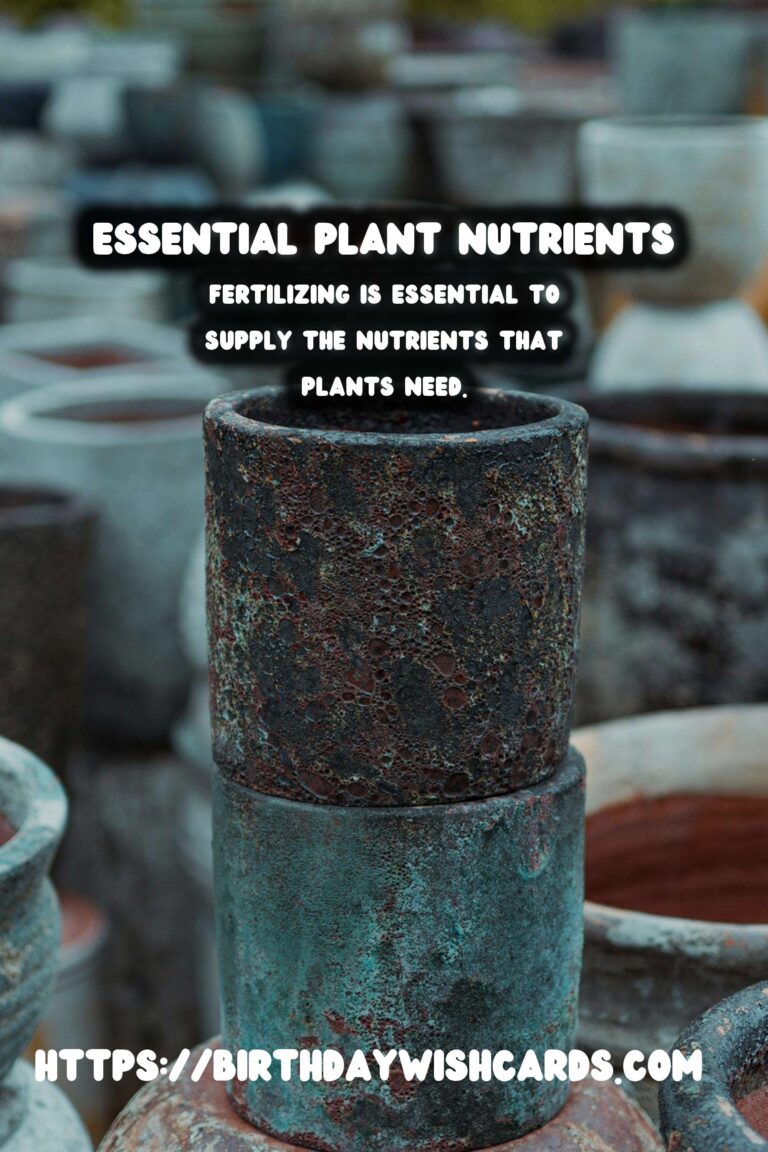
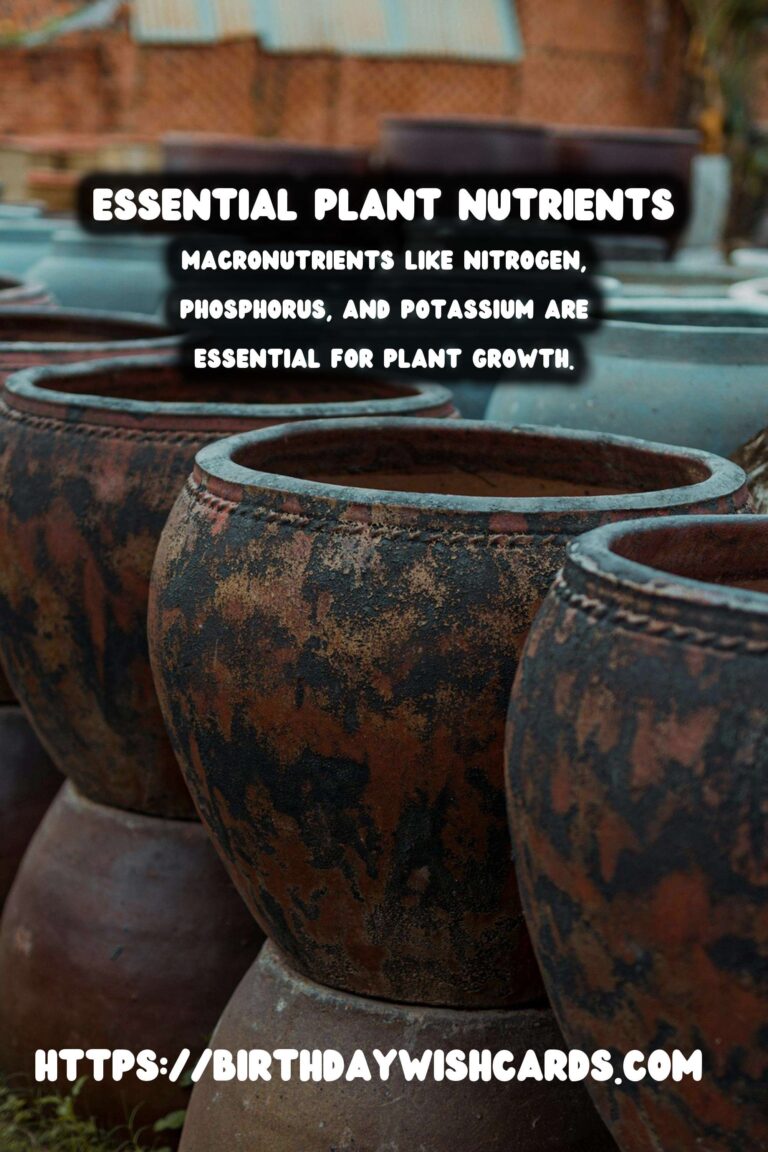
#PlantNutrients #Fertilizing #GardeningTips #SoilHealth #SustainableGardening




